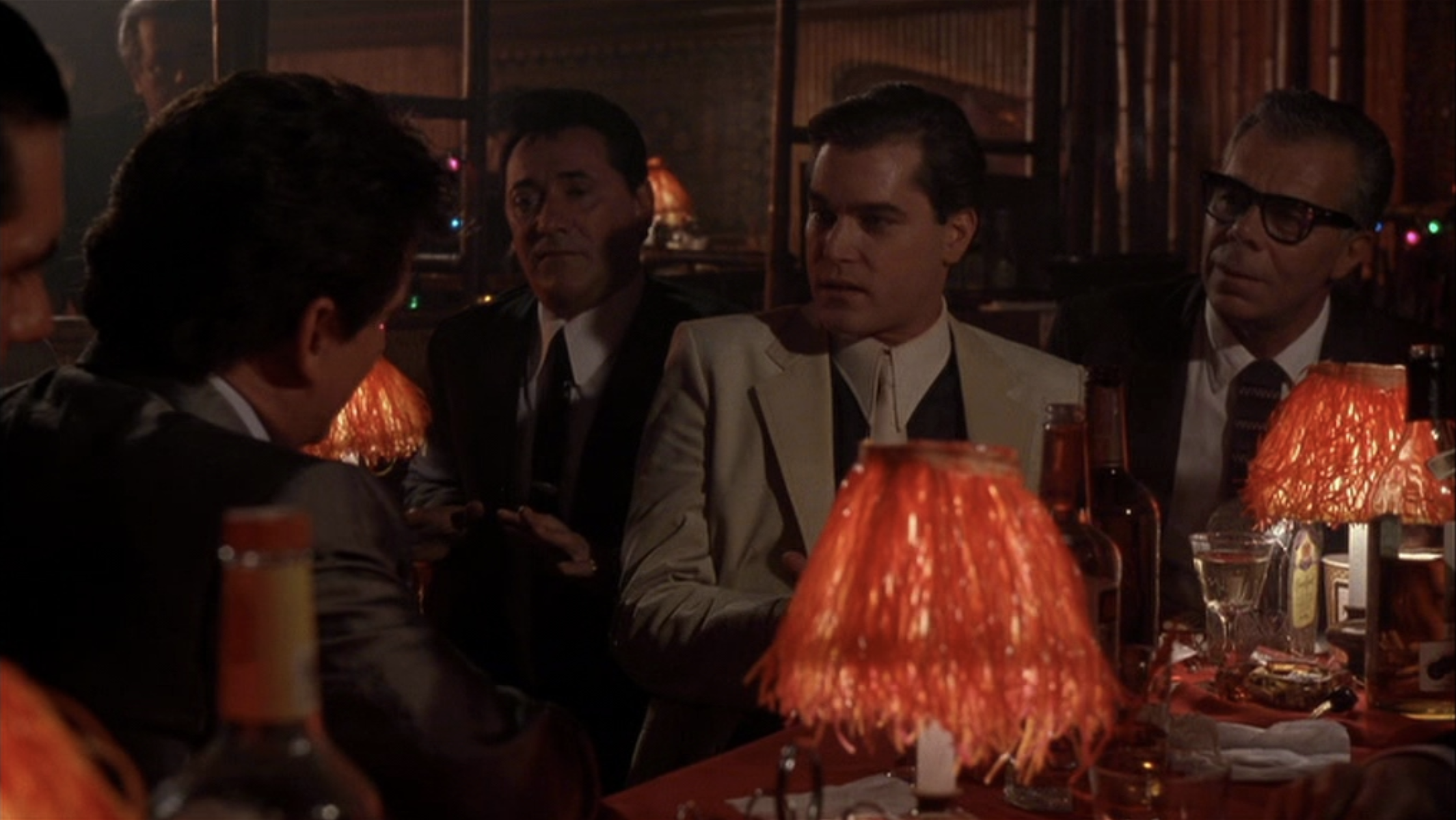Kopple begged her New York City-based father to send film to a nearby town. She battled strikebreakers with a microphone boom pole. The obstacles she overcame to get Harlan County made.
Taxi Driver: On The Set With Photographer Steve Schapiro
Thelma Schoonmaker: It's All About Timing and Rhythm
If you like Martin Scorsese (and I do), you gotta love Thelma Schoonmaker, his long-time editor. Over the decades, she's spent untold hours in the editing booth with Scorsese, fretting over cuts. "Editing is all about timing and rhythm," she says.
Schoonmaker, who has won three Oscars for film editing (Raging Bull, The Aviator, The Departed), told Studio 360 it can take as much as a year to edit a Scorsese film. "It takes a long time to get it right," she says. "We re-cut much more than most editors. You have to live with a film. Really live with it."
Also in the interview, Schoonmaker analyzes the cutting choices in this famous restaurant scene from Goodfellas. “There are no close-ups at all because Marty [Scorsese] wanted to show what was happening to the people around Ray Liotta and around Joe Pesci," Schoonmaker says. "As it starts out very funny and people are laughing. Then pretty soon, things get a little scary, then scarier and scarier. You see on the faces of the people around them, they are really beginning to get worried. … You don’t always have to have close-ups. Sometimes a medium shot or a wide shot is just as good.”
The show also coaxed this analysis of a Raging Bull steadicam shot from Schoonmaker, which shows Robert DeNiro and Joe Pesci walking into a boxing ring.
If you want more on Raging Bull, I've unearthed this Schoonmaker interview from 2005. She discusses when sound was removed from a fight scene, when a piece of film was placed upside down (on purpose) and many, many more details, including the reason the fight scenes in Raging Bull look different than other boxing movies. "He {Scorsese} had looked at every boxing film every made and the thing he noticed about most of them was that the camera was outside of the ring, of course, because it's so hard to shoot in. But he wanted to be in the ring," she says.
Oh! There's also this American Cinema Editors interview from 2010. In the video, Schoonmaker describes how tough it was to cut an improvised scene from Raging Bull with Robert DeNiro and Joe Pesci inside a kitchen arguing about fight scenarios.
Preview: 2018 San Francisco Silent Film Festival
The Worst 'Best Pictures'
Dave, It's Been 50 Years Since You Unplugged Me
Fifty years ago, I convinced my mother to let me see 2001: A Space Odyssey. I was 8-years-old and knew nothing about Stanley Kubrick or evolution or much of anything. After dropping me off at the theater, I settled in and waited for cool space stuff to happen. Instead, apes fought.
Of course, seeing 2001 as an adult was a much richer experience, especially during 70MM screenings at an actual cinema. (Note to first-timers who like to smoke pot: toke up during intermission. The colors in the final sequence make for one helluva high.)
With the 50th anniversary of 2001 upon us, there's been a rush of articles and exhibitions about the outer-space-what-does-it-mean-to-be-human story. Vanity Fair chronicles how Kubrick and science fiction novelist Arthur C. Clarke huddled over tiki drinks at Trader Vic's. The New York Times profiles the Canadian actor who became the voice of HAL, the murderous computer. The Guardian gets The Empire Strikes Back cinematographer to admit he recommended 2001 cinematographer Geoffrey Unsworth for the job. To which George Lucas replied, "He's not available."
NPR gets permission to print an excerpt of Michael Benson's new book on the film, "Space Odyssey: Stanley Kubrick, Arthur C. Clark, and the Making of a Masterpiece." That's just a sampling! If you're really into 2001, consider a trip to Washington, D.C. for this Smithsonian exhibition or Frankfurt, Germany for another Dave-HAL museum experience.
Dennis Hopper's Camera
Fly Your John Waters Freak Flag
101 Years of Japanese Animation
This month marks 101 years of Japanese animation. On its centennial, the National Film Center of Japan launched an archival website featuring shorts from its rich history. The oldest film, "The Dull Sword," is 4 minutes. It's very much worth your time and is available for viewing with English subtitles. Watch it here.
Top 10 of 2000s (So Far)
The Journalist Behind Kathryn Bigelow's Films
Kelly Reichardt Interview: Trains As Sound Design
Men Talk Technicolor Lipstick
Buster Keaton v. Charlie Chaplin
Buster Keaton
We love most Quentin Tarantino movies, but man, do his characters fill the frame with words. Vincent Vega: a talker. Nice Guy Eddie Cabot: a talker.
There was a time, though, when motion pictures relied on visuals to tell stories. Silent star Buster Keaton says he and Charlie Chaplin once battled to see who could use the fewest title cards. (Title cards, for those who've never seen a silent movie, are interstitials with words telling viewers what characters are saying or providing a bit of background information.)
"We eliminated subtitles as fast as we could," Keaton says.
At the time, Keaton says most seven-reel movies used as many as 240 title cards. In their friendly competition, Chaplin won, wrapping up a film with just 21 cards, compared to 23 for Keaton.
The most he ever used in a film?
Fifty-six, Keaton says.
Keaton's short interview with the legendary Studs Terkel has dozens of other nice moments. Among them, Keaton offers tips on how to stage a fight scene, why he never wrote scripts for his films and why movies need a strong beginning and end before filming begins (the middle can be figured out later).
More here.







